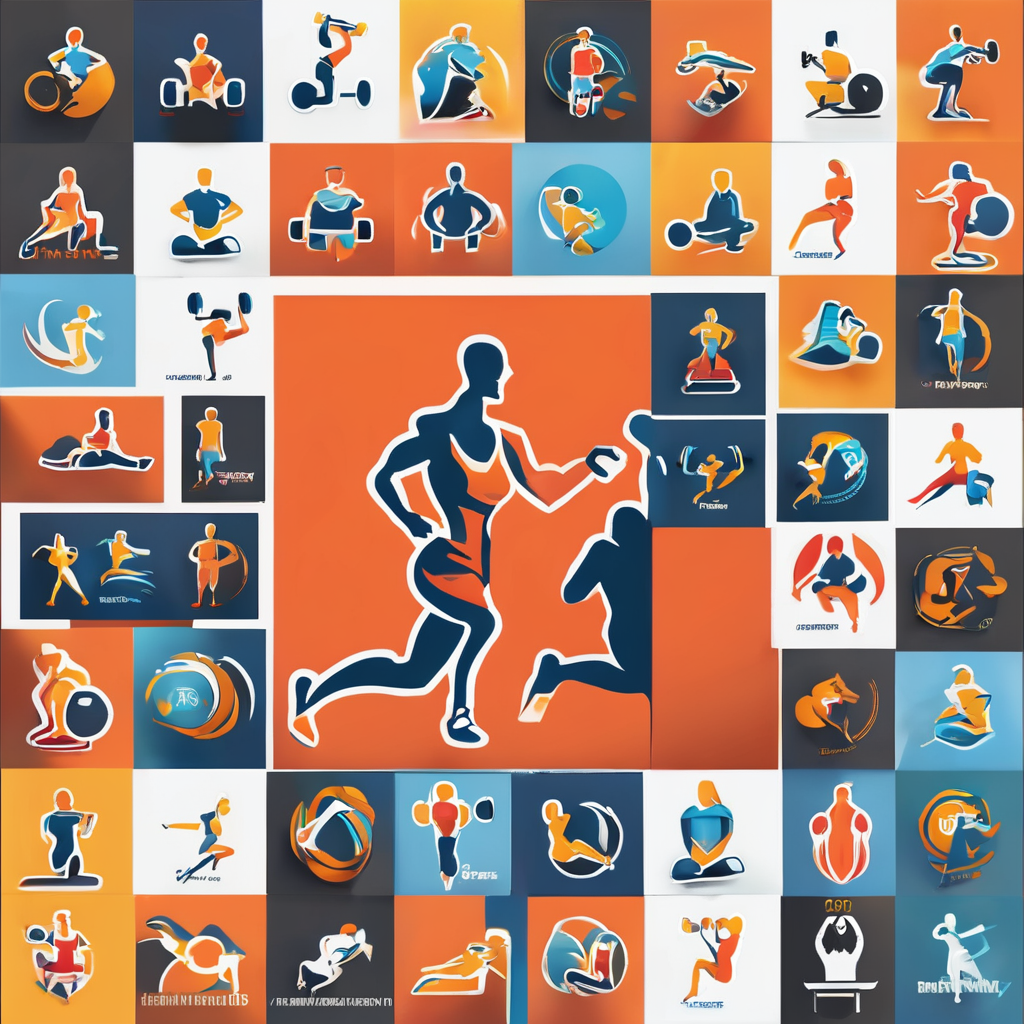Top Strategies for UK Lacrosse Coaches to Boost Goalie Reflexes with Maximum Impact
Understanding the Role of the Lacrosse Goalie
In the fast-paced and physically demanding game of lacrosse, the goalie is often the unsung hero. Their ability to make split-second saves and protect the goal can be the difference between victory and defeat. For UK lacrosse coaches, enhancing the reflexes of their goalies is crucial for success. Here, we delve into the top strategies to achieve this.
The Importance of Reflex Training
Reflex training is vital for lacrosse goalies, as it helps them react quickly to incoming shots. Traditional methods include repetitive drills that mimic actual game scenarios, building muscle memory and improving reaction times[3].
Also to see : Green Game Days: Pioneering Sustainable Solutions for UK Sports Venues to Excel
“Reflex training is not just about physical movement; it’s also about mental preparation. A goalie needs to anticipate where the ball is headed and be ready to react,” explains Coach Damon from the Lax Goalie Rat Podcast, who has interviewed numerous elite lacrosse goalies and coaches[1].
Drills and Training Techniques
Effective training involves a combination of physical drills, mental preparation, and strategic positioning. Here are some key drills and techniques that coaches can use:
Additional reading : Elevate Your Hoops Game: Essential Warm-Up Strategies for UK Basketball Stars
Footwork and Agility Drills
- Shuttle Runs: Goalies need to be agile and quick on their feet. Shuttle runs between cones or markers can improve their speed and agility.
- Ladder Drills: Agility ladders are excellent for enhancing foot speed and coordination. Drills such as “Ickey Shuffle” and “Carioca Drill” can be particularly beneficial[2].
Hand-Eye Coordination
- Wall Ball Drills: Using a ball server or a teammate to throw balls against a wall, the goalie practices catching and deflecting shots with their stick.
- Reaction Ball Training: Reaction balls that bounce unpredictably can help goalies improve their hand-eye coordination and reaction times.
Mental Preparation
- Visualization: Goalies should visualize different game scenarios to prepare mentally. This can include visualizing shots from various angles and speeds.
- Positive Self-Talk: Encouraging positive self-talk can help goalies stay focused and confident during games.
Positioning and Strategy
Understanding the Game Scenario
A well-positioned goalie can significantly reduce the surface area they need to cover. Here are some strategic tips:
- Reading the Game: Goalies need to read the game to anticipate where the ball is headed. This involves understanding the opponent’s strategy and the movement of their players.
- Positioning Based on the Shot: For low shots, goalies should be prepared to dive or slide. For high shots, they need to be ready to jump or use their stick to deflect the ball.
Communication with the Team
- Calling Out Shots: Goalies should communicate clearly with their team, calling out shots and directing their teammates to intercept passes.
- Receiving Passes: When the goalie receives a pass from a teammate, they should be aware of their surroundings and look for opportunities to clear the ball quickly.
Equipment and Technology
Using the Right Gear
The right equipment can make a significant difference in a goalie’s performance.
| Equipment | Benefits |
|---|---|
| Lightweight Helmet | Enhanced visibility and mobility |
| Custom Fit Pads | Better protection and comfort |
| High-Grip Gloves | Improved grip on the stick |
| Ball Server | Consistent and controlled ball delivery for training |
“Having the right gear can boost a goalie’s confidence and performance. For example, high-grip gloves can help them make saves with more precision,” notes Coach Gabe, a So-Cal based lacrosse coach[4].
Case Studies and Success Stories
Elite Goalies’ Training Regimens
Looking at the training regimens of elite lacrosse goalies can provide valuable insights. For instance, many top goalies incorporate a mix of physical training, mental preparation, and strategic drills into their routines.
“Elite goalies don’t just focus on one aspect; they work on everything from footwork to mental toughness. It’s a holistic approach that makes them stand out,” says Coach Damon, who has interviewed several elite lacrosse goalies on his podcast[1].
Practical Advice for Coaches
Creating a Balanced Training Program
A balanced training program should include a variety of drills and techniques to keep goalies engaged and challenged.
- Variety in Drills: Mix up the drills to avoid monotony. For example, alternate between footwork drills and hand-eye coordination exercises.
- Incorporate Game Scenarios: Use game scenarios to make training more realistic. This can include simulating different types of shots and game situations.
Focusing on Mental Health
Mental health is as important as physical training for goalies. Coaches should encourage positive mental habits and provide resources for mental health support.
“Goalies often face high pressure, and their mental health can suffer. As coaches, it’s our responsibility to ensure they have the support they need,” emphasizes Coach Gabe[4].
Boosting the reflexes of lacrosse goalies is a multifaceted task that requires a combination of physical training, mental preparation, and strategic positioning. By incorporating the right drills, using the appropriate equipment, and focusing on mental health, UK lacrosse coaches can help their goalies perform at their best.
Here is a detailed bullet point list summarizing the key strategies:
- Footwork and Agility Drills: Shuttle runs, ladder drills, and agility pole exercises.
- Hand-Eye Coordination: Wall ball drills, reaction ball training, and ball server exercises.
- Mental Preparation: Visualization, positive self-talk, and mental health support.
- Positioning and Strategy: Reading the game, positioning based on the shot, and communication with the team.
- Equipment and Technology: Using lightweight helmets, custom fit pads, high-grip gloves, and ball servers.
- Creating a Balanced Training Program: Mixing up drills, incorporating game scenarios, and focusing on mental health.
By implementing these strategies, coaches can help their goalies make more saves, recover quickly, and perform with maximum impact on the field.



